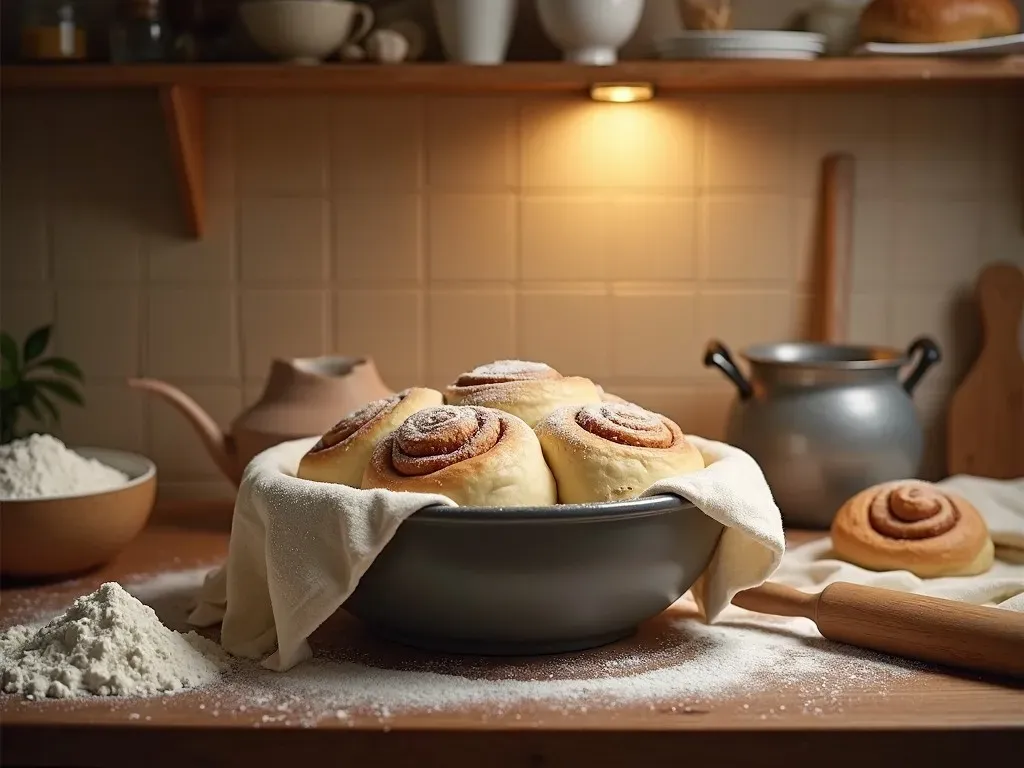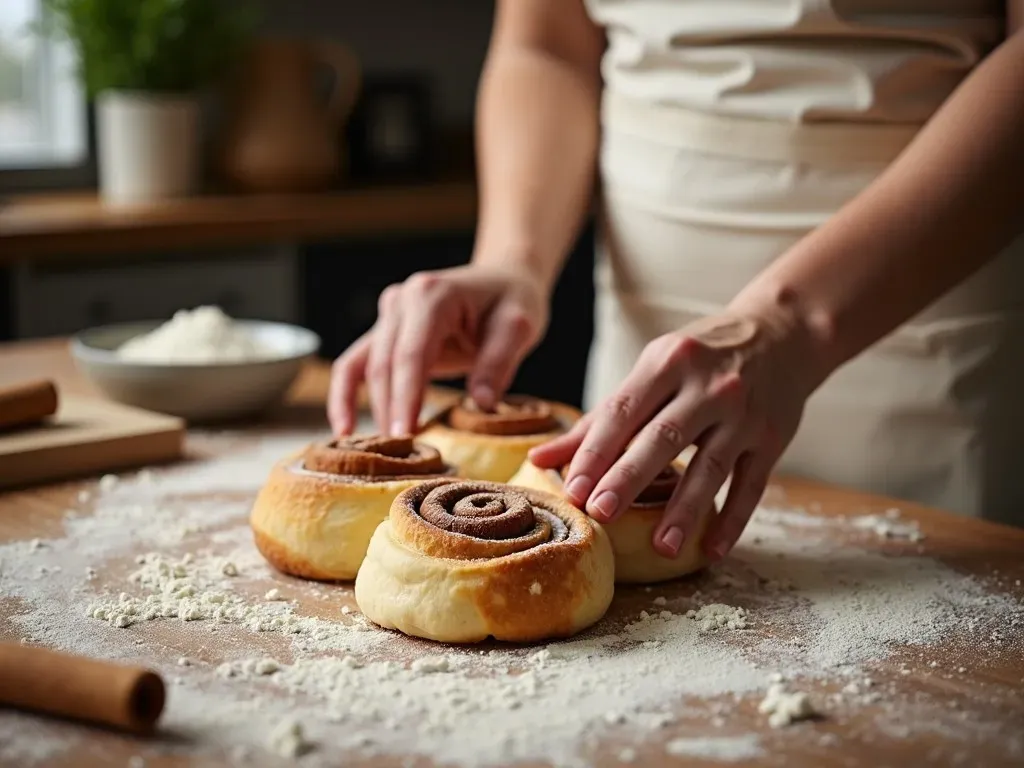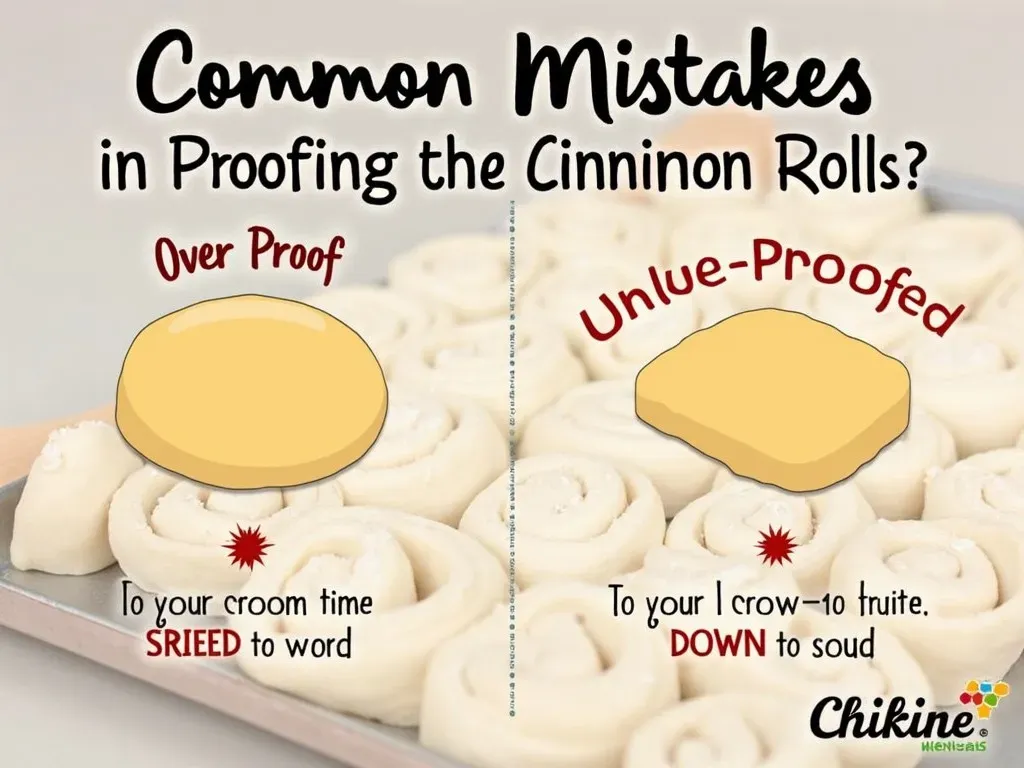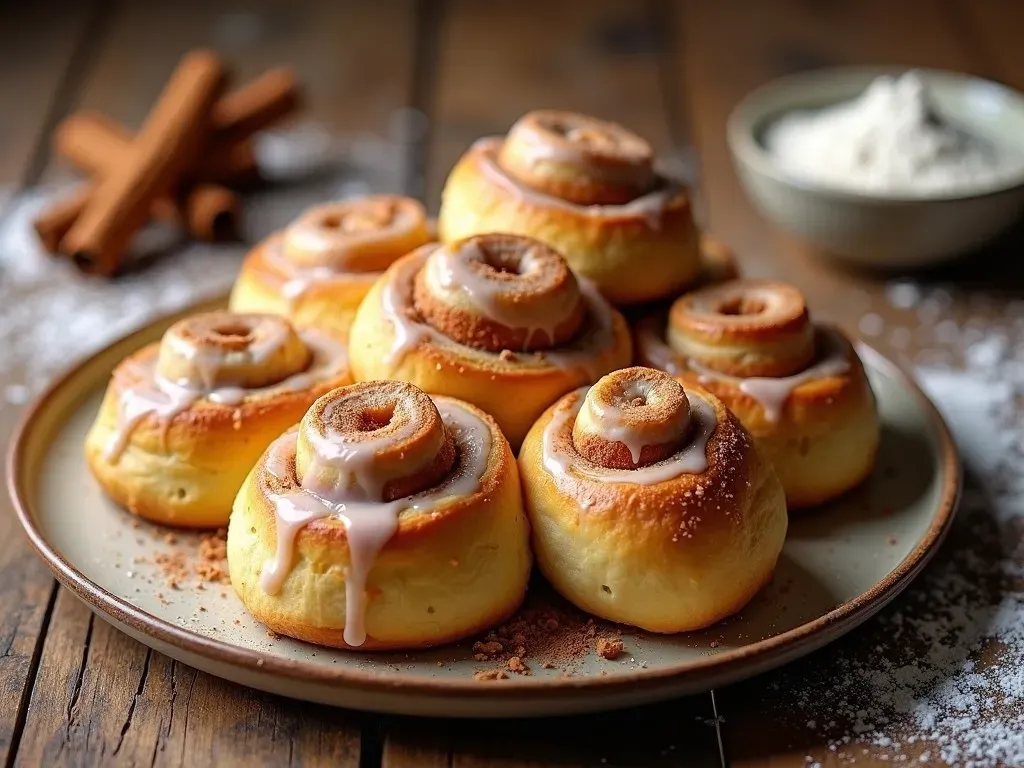To achieve delicious, fluffy cinnamon rolls, knowing how to properly proof your dough is essential. Proofing cinnamon rolls involves allowing the dough to rise, enabling the yeast to work its magic to create light, airy rolls. The process can vary based on temperature, the type of yeast used, and Other factors, but with the right approach, you can master this technique.
Understanding the Proofing Process
Proofing is a crucial step in baking, particularly for yeast-based recipes like cinnamon rolls. It allows the dough to rise, creating the airy texture we associate with fluffy rolls. When dough is properly proofed, the yeast ferments the sugars present in the dough, producing carbon dioxide that causes it to expand.
Key Facts About Proofing Cinnamon Rolls
- Time: The proofing process typically takes between 30 minutes to 1 hour, depending on the room temperature and the specific recipe used.
- Temperature: Ideal proofing temperatures range from 75°F to 90°F (24°C to 32°C). Avoid cold environments, as these can stunt yeast activity.
- Humidity: A slightly humid environment can benefit the dough. Covering it with a damp cloth helps maintain moisture.
- Yeast Activation: Ensure your yeast is fresh and properly activated before combining with other ingredients.
| Proofing Element | Ideal Range |
|---|---|
| Temperature | 75°F – 90°F (24°C – 32°C) |
| Proofing Time | 30 min – 1 hour |
| Dough Size | Should double in size |

Steps to Properly Proof Cinnamon Rolls
-
Prepare Your Dough:
Prepare your cinnamon roll dough according to your recipe. Use high-quality flour, sugar, and fresh yeast to get the best results. -
Initial Rise (Bulk Fermentation):
After you’ve combined your ingredients (typically flour, sugar, yeast, salt, eggs, and milk), knead the dough until smooth. Place it in a lightly greased bowl, cover with plastic wrap or a damp cloth, and allow it to rise in a warm, draft-free area. -
Check for Proper Rising:
After 30 minutes, check your dough. It should have roughly doubled in size. If it hasn’t, allow it to proof longer. -
Shape Your Rolls:
Once the dough has doubled, punch it down gently to deflate. Roll it out on a floured surface, spread your cinnamon-sugar filling, and cut into rolls. -
Second Proof:
After shaping, place the rolls in a greased baking dish. Cover them again with plastic wrap or a damp cloth and let them rise until doubled in size again. This usually takes about 30–45 minutes.

Tips for Proofing Cinnamon Rolls in the Oven
You can also proof cinnamon rolls in the oven, which can help maintain a more consistent temperature, especially in cooler rooms. Here’s how:
-
Preheat the Oven: Set your oven to the lowest setting for just a few minutes. Turn it off once it reaches a warm temperature and let it cool slightly.
-
Use a Water Bath: Place a bowl of hot water in the oven along with the covered rolls. The warm air combined with the steam will create a perfect environment for proofing.
Common Mistakes to Avoid
- Not Proofing Long Enough: Ensure you give the dough ample time to rise; rushed proofing can result in dense rolls.
- Using Cold Ingredients: Warm milk and eggs help activate the yeast; cold ingredients can slow down the process.
- Overproofing: Allowing dough to rise too long can cause it to collapse. Check at intervals.

Troubleshooting Your Proofing
If your rolls aren’t rising as they should, here are some troubleshooting tips:
-
Dough is Not Rising: Check that your yeast is fresh. Test the yeast by mixing it with warm water and sugar and allowing it to foam for 5–10 minutes before using.
-
Dough is Overproofed: If you notice that your dough has collapsed after an extended rising period, you may need to start over with a new batch.
-
Temperature Fluctuations: Make sure to proof in a consistent environment; large temperature swings can affect yeast activity.
Frequently Asked Questions (FAQs)
Q: How long do I need to proof cinnamon rolls?
A: Most recipes recommend about 30 minutes to 1 hour for the first rise and another 30–45 minutes after shaping.
Q: Can I proof cinnamon rolls in the refrigerator?
A: Yes! Cold-proofing in the fridge can enhance flavors. Let them rise in the refrigerator overnight, then bring them to room temperature before baking.
Q: What should I do if my cinnamon rolls didn’t rise?
A: Double-check the yeast’s freshness, ensure you’re working at the right temperature, and give it more time if needed.
Q: Does the size of the cinnamon rolls affect proofing time?
A: Yes. Larger rolls will need more time to proof than smaller ones.
Q: Can I make cinnamon rolls ahead of time?
A: Absolutely! You can prep the rolls, allow them to proof, then cover and refrigerate them overnight. Bring to room temperature before baking.
Final Thoughts
Mastering the art of proofing cinnamon rolls is crucial for achieving that perfect fluffy texture. With the right temperature, timing, and techniques, your cinnamon rolls will be a delightful treat that will make any gathering a sweeter experience. For further detailed insights and techniques you can refer to reliable resource Chef’s Resource for additional guidance.

